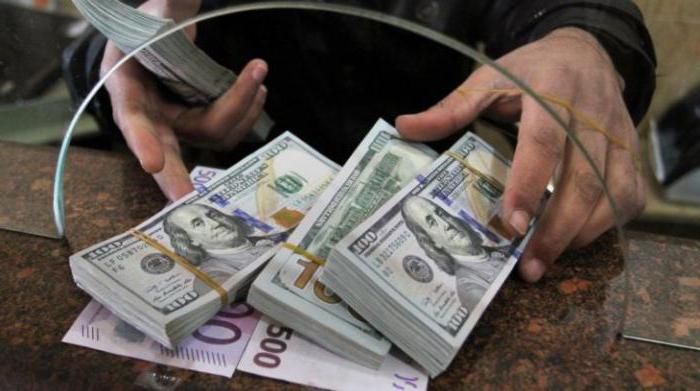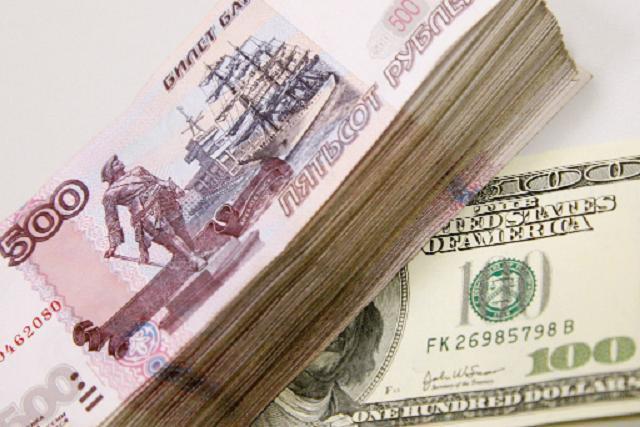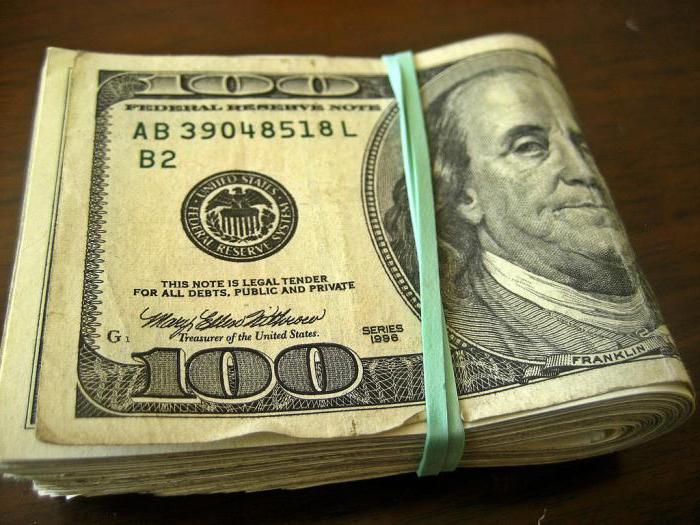Money circulation is a process that is the most important economic component in any state.
Definition
The complex interweaving of various production, trade and investment processes, including the accumulation and investment of capital, firmly connected with them, as well as the formation and use of credit, is possible due to such an economic phenomenon as money circulation.
This is the movement of money that occurs in the internal circulation of the state, as well as in the system of foreign economic relations. It can be in cash or cashless form. This is where finances differ. Money circulation serves the process of selling services, goods, economic payments of a non-commodity nature.
However, it has another definition. In other words, this is the process of the movement of money in which their functions are performed.
At the same time, money circulation is the movement of money that occurs between the three main groups of agents in the economy: consumers, enterprises, state authorities.
If we consider the circulation of money in the light of the latter definition, then the cash turnover can be represented as the sum of all payments made by economic agents in non-cash and cash form.
Factors Affecting Money Circulation
The following factors can influence monetary circulation:
- economic condition of the country;
- features of the functioning of the state payment and settlement system;
- balance between market supply and demand;
- supply and demand of money;
- inflation rate.

What is included in cash flow?
Cash turnover includes the turnover of both cash and non-cash money.
Cash is in the form of banknotes and small coins.
Non-cash money is the money that is presented on accounts in various credit-type institutions.
In this regard, there are two fundamental types of money circulation: cash and cashless.
Cash circulation
Cash circulation is the process of cash flow for the fulfillment of two main functions by them - a means of payment and a medium of circulation. The service of this appeal is provided through banknotes, metal coins and paper money.
This form of money circulation is used in the implementation of the circulation of goods, to pay for services, when paying salaries, etc.
Turnover size
The size of such a turnover is directly dependent on the market price level in the state, on the volume of services and goods, on the number of links that make up the settlement system.
The share of cash circulation accounts for a small part, according to some estimates - about 10% of the total monetary circulation. Moreover, analysts speak of a tendency toward a decrease in the volume of this type of circulation in connection with the rapid development of a cashless payment system.
Cash Principles
At the time of cash handling, the following principles should be considered:
1. Centralized organization and regulation of monetary circulation. With this principle in mind, the Central Bank has the exclusive right to organize and regulate cash flows. This allows you to achieve such important factors as stability, uninterrupted money circulation. In addition, the purchasing power of the state currency is taken into account.To achieve this principle allow regulatory documents that govern the conduct of cash transactions in all business entities and credit institutions.
2. Profitability, elasticity of money circulation. The basis of both cash and non-cash money is the same credit basis. Therefore, they can easily be transformed into each other, which makes it possible to carry out an elastic shift between cash circulation and cashless, depending on the requirements of the economy. According to this principle, the state can change cash circulation to non-cash, which is essentially cheaper.
3. The principle of complexity in organizing cash flow. That is, both types of circulation (both cash and non-cash) should be considered as a whole. This principle is implemented legislatively by fixing a single settlement procedure through commercial-type banks. Money circulation and credit are closely related.
4. Providing the economy with cash should be regular and uninterrupted. In accordance with this principle, the Central Bank should carry out the timely issue of paper money, as well as regulate the activities of various commercial banks and credit organizations. The purpose of such an impact is to regulate the timely servicing of settlements between economic entities.
5. Establishment of clear rules for the execution of operations involving cash. In this case, the state, with the help of the relevant regulatory acts, clearly regulates the following operations: capitalization of cash, its distribution at the bank's cash desks, document support of cash transactions.
Cashless circulation
Non-cash money circulation is a process of money movement that does not imply their participation in paper form. In this case, the movement of value is carried out by transferring between accounts of organizations of a credit nature. The result of non-cash circulation is a change in the balances on personal accounts of bank customers. This type of treatment is based on the use of various credit instruments. These include checks, bills, credit cards.
With the help of cashless payments, the following types of relationships can be served:
• Between legal entities.
• Between credit organizations and legal entities.
• Between individuals and legal entities.
• Between individuals and credit type organizations.
• Between the state and legal entities. Regulation of monetary circulation belongs to the state.
Along with cash, non-cash circulation can be used to make various payments and transfers, with daily payments for goods and services.
The advantages of cashless turnover
Unlike cash circulation, the volume of non-cash is much larger - it amounts to 90% of the total cash flow. This proportion is not accidental, because cashless payment has several advantages:
1. Allows you to save cash.
2. Helps to reduce distribution costs, because the cost of printing money and sending them is significantly reduced.
3. Significantly increases the speed with which the circulation of money.
In accordance with the Civil Code of the Russian Federation, several forms of cashless payments can be applied:
• Settlements using payment orders.
• Settlements using checks.
• Settlements using payment orders.
• Settlements using letters of credit.
Finance, credit and money circulation - these concepts are of great importance in the economy of the state.
The principles of organization of cashless payments
Cashless payments have their own principles of organization.
First principle involves non-cash payments through bank accounts opened by customers for the transfer and storage of funds.
Second principle assumes that the bank should make payments between accounts only with the order of their owner and the order that he established. All non-cash payments can be made exclusively within the balance that is on the account. This principle secures the right of the entity to independently determine the priority in which payments should be made.
Third principle organization of monetary circulation implies freedom of choice between forms of cashless payments. That is, the market entity can independently determine which form of cashless payment it is more convenient and expedient to use.
Fourth principle called the principle of urgency of payments. It implies that the calculations must be carried out in strict accordance with the established deadlines, which are defined and fixed by law or other regulations. In other words, this principle can be described as follows: undoubtedly, the recipient of the money is interested in crediting it, but no less interested in the fact that the crediting takes place on the exact agreed date. In practice, the principle of urgency is very important - it allows enterprises to rationally build their own money turnover, based on the degree of urgency of certain payments.
The fifth principle is security of payment. The security principle is inextricably linked with the previous one, since the payer must have liquid assets to comply with the urgency principle.
Law of money
This law allows you to answer the question of how much money should be in circulation for them to fulfill their functions. In fact, the law reflects the necessary amount of money sufficient to enable them to fulfill their basic functions.
There are three main factors that determine the amount of cash that is needed:
• The volume of goods and services that are sold on the market (direct relationship).
• The level of prices for services and goods, as well as tariffs (direct relationship).
• The speed with which money is circulated (inverse relationship).
All these factors depend on the conditions of production. That is, the volume of goods and services sold on the market directly depends on the level of development of such an indicator as the division of labor. The cost of services and goods is in inverse proportion to the level of labor productivity: the level of productivity is higher - prices are lower.
The law of the circulation of money can be written by the formula:
D = T * C / v,
Where D is the money supply in circulation, T is the commodity mass, C is the price, v is the speed with which money is circulated.
Thus, the law of money circulation directly reflects the relationship that exists between the mass of goods circulating in the market, the level of prices for these goods, and the speed with which money circulates.

